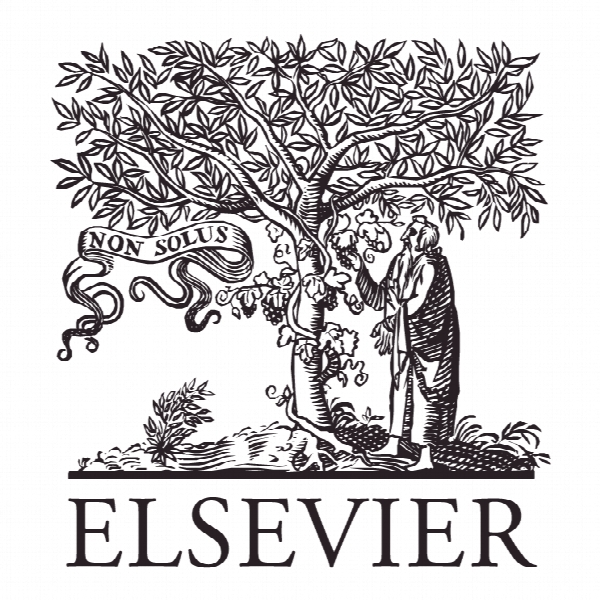بهترین راه برای پیشرفت مدیران جدید چیست؟ یادگیری مبتنی بر مشکل در مقابل آموزش مبتنی بر سخنرانی What is the best way to develop new managers? Problembased learning vs. lecture-based instruction
- نوع فایل : کتاب
- زبان : انگلیسی
- ناشر : Elsevier
- چاپ و سال / کشور: 2017
توضیحات
رشته های مرتبط مدیریت و علوم تربیتی
گرایش های مرتبط مدیریت و برنامه ریزی آموزشی
مجله بین المللی آموزش مدیریت – The International Journal of Management Education
دانشگاه کالج تجاری ولش، Sacred Heart، ایالات متحده آمریکا
نشریه نشریه الزویر
گرایش های مرتبط مدیریت و برنامه ریزی آموزشی
مجله بین المللی آموزش مدیریت – The International Journal of Management Education
دانشگاه کالج تجاری ولش، Sacred Heart، ایالات متحده آمریکا
نشریه نشریه الزویر
Description
1. What is problem-based learning Problem-based learning is an approach to instruction that is learner-centric rather than instructor-centric and empowers learners to explore a topic on their own through research, integration of theory and practice, and application of knowledge in the context of a real-world problem the learner must solve (Savery, 2006). Problem-based learning is differentiated from traditional, lecture-based instruction by employing a real-world problem that engages the learner in active exploration rather than providing the learner with passive reception of lecture material (Peterson, 2004). The underlying assumption is that through the process of engaging with the real-world problem the learner learns. Obviously, critical to this process of problem-based learning is the development and delivery of the real-world problem. And the specific type of real-world problem employed is the hallmark of problem-based learning. The real-world problem must be “ill-structured and allow for free inquiry” (Savery, 2006, p. 13). The ill-structured nature of the problem along with its real-world focus theoretically motivates learners to identify the core issues presented in the problem, identify what information and knowledge is needed to solve the problem, place parameters on the types of solutions that will be successful in solving the problems, and engage in self-directed learning in order to solve the problem (Peterson, 2004; Savery, 2006; Smith, 2005). Problem-based learning is typically characterized by five key features (Newman, 2005). These include: 1. The instructor acts as facilitator of learning rather than deliverer of content; 2. The process of solving the ill-structured, real-world problem must follow a designed script; 3. The use of the ill-structured, real-world problem contextualizes the learning and allows for integration of the learning; 4. The nature of the ill-structured, real-world problem is such that learning must be collaborative; and 5. Learning within the context of the ill-structured, real-world problem must be assessed in relation to the goals or objectives of the learning.


